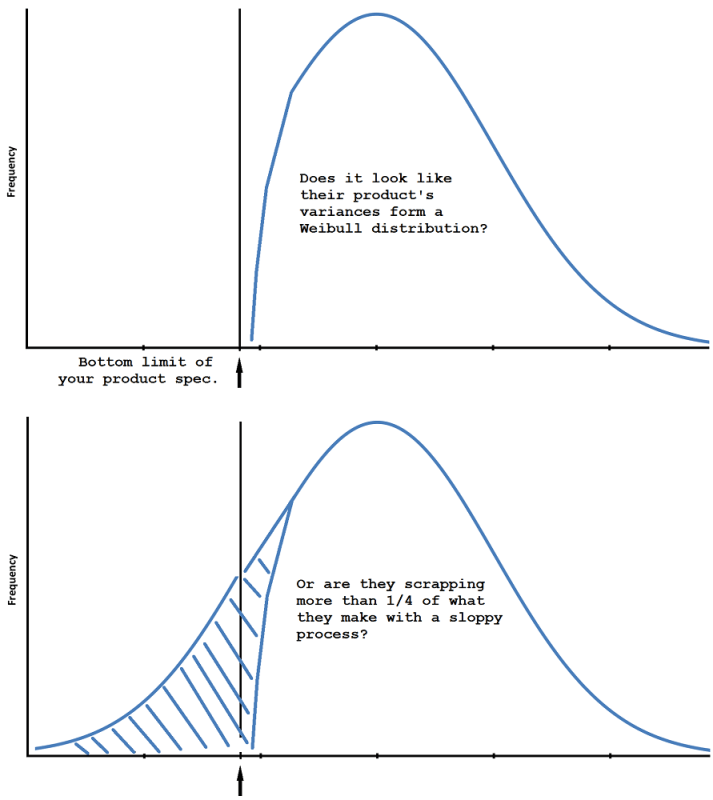Hello,
I've been having a product manufactured in China for about 1 year, and currently we have a 3rd party do an Final Random Inspection on ~7.5% of the 1st completed container of the build. So far the quality has been good and we haven't had any major issues, but this process doesn't allow us much course correction in the case that we do find issues. To alleviate this concern, I'm considering switching to an inspection after X% of the build is complete. I'd really appreciate any feedback for the following questions I have:
- Is there a recommended percentage or product quantity to use here? Our current inspections have been for ~150 units, so I was thinking of doing the same here (first ~150 units made).
- Should we also do an inspection at the end of the build (100% complete)?
- After a certain period of time where the quality bar has been met, would it be acceptable to reduce the frequency of inspection (e.g. not every build), as long as no design/assembly changes have been made?
- Are there any other standard quality checks we should be performing for products that are in the mass production stage?
I've been having a product manufactured in China for about 1 year, and currently we have a 3rd party do an Final Random Inspection on ~7.5% of the 1st completed container of the build. So far the quality has been good and we haven't had any major issues, but this process doesn't allow us much course correction in the case that we do find issues. To alleviate this concern, I'm considering switching to an inspection after X% of the build is complete. I'd really appreciate any feedback for the following questions I have:
- Is there a recommended percentage or product quantity to use here? Our current inspections have been for ~150 units, so I was thinking of doing the same here (first ~150 units made).
- Should we also do an inspection at the end of the build (100% complete)?
- After a certain period of time where the quality bar has been met, would it be acceptable to reduce the frequency of inspection (e.g. not every build), as long as no design/assembly changes have been made?
- Are there any other standard quality checks we should be performing for products that are in the mass production stage?

